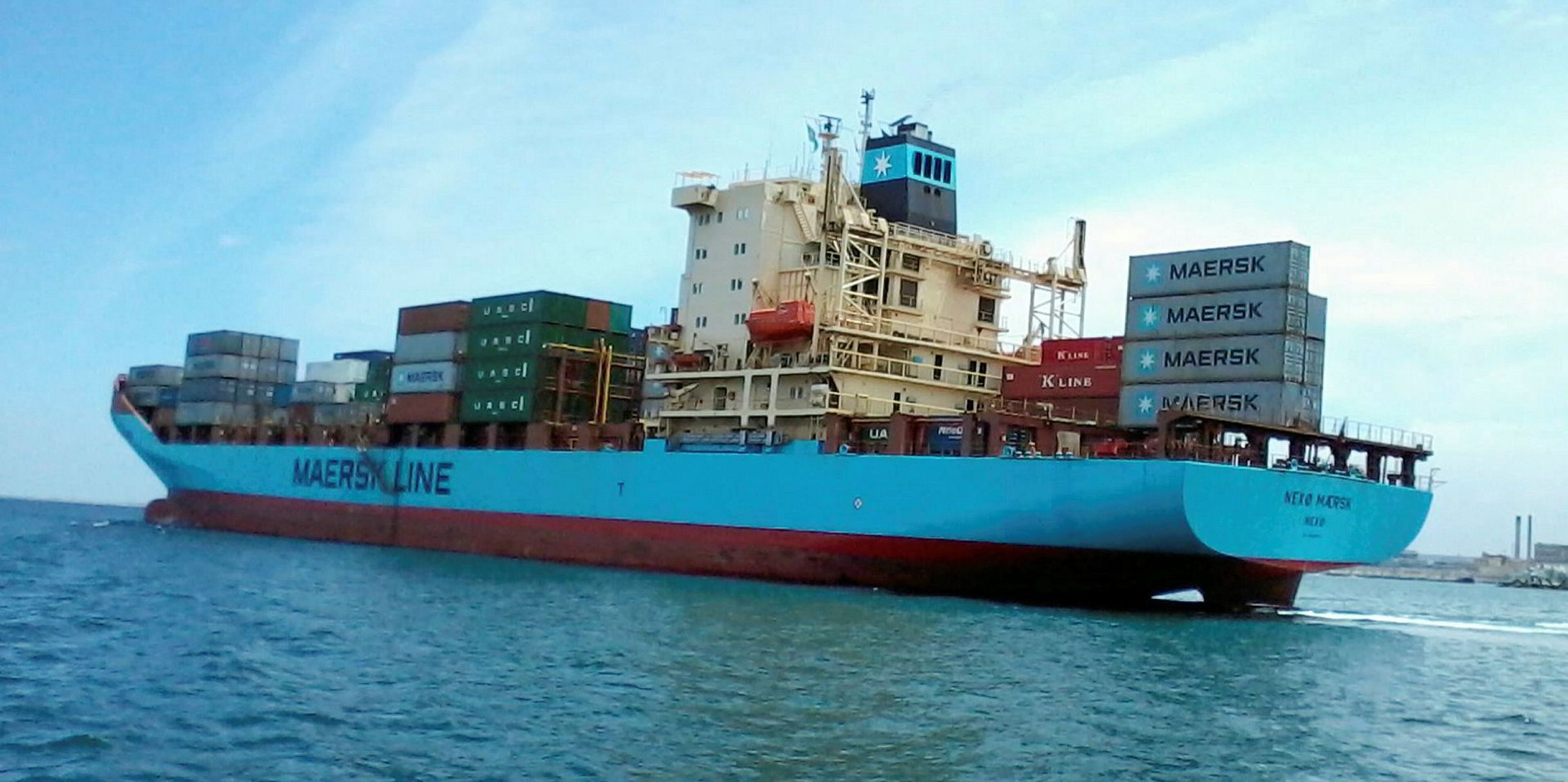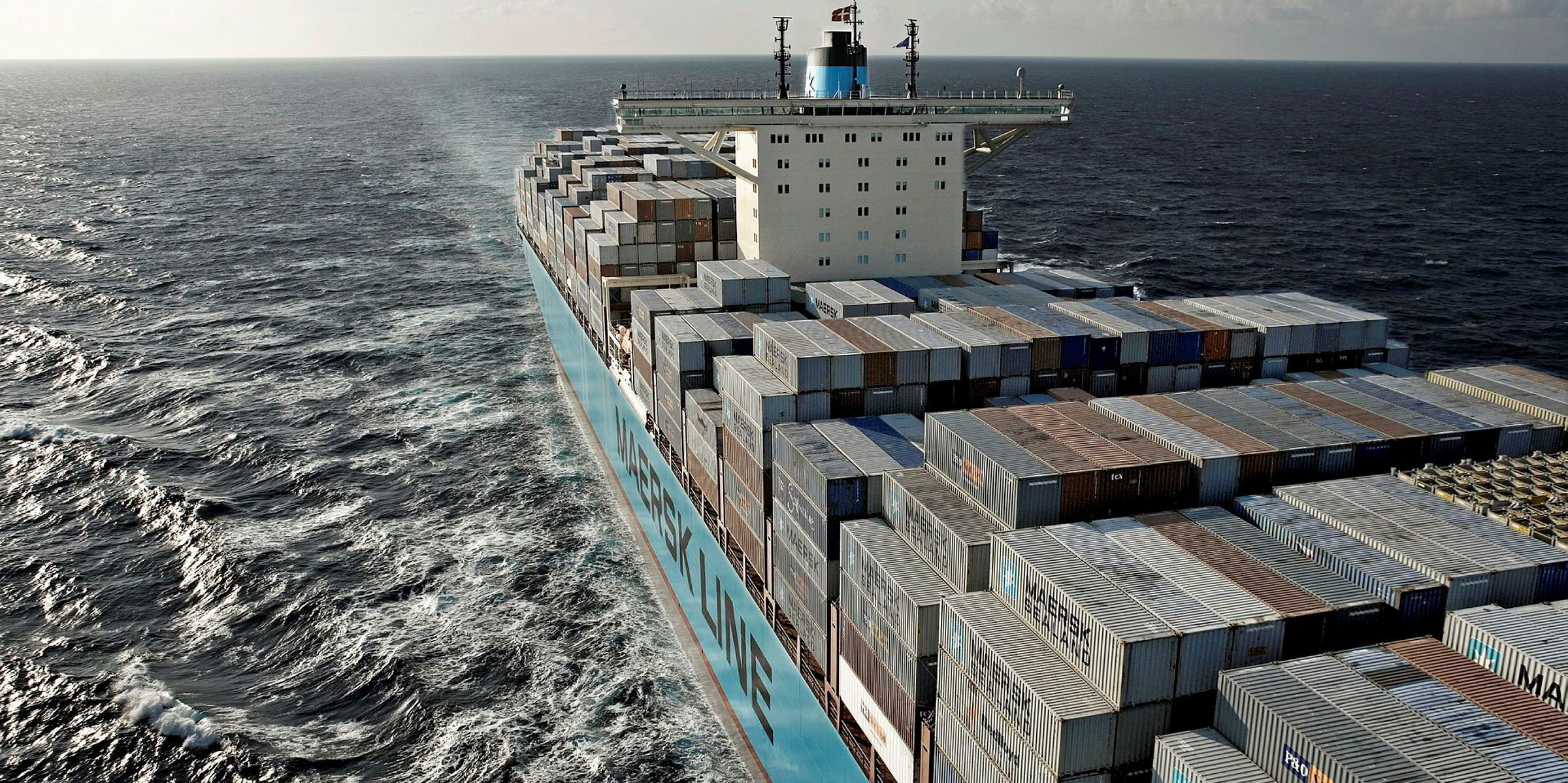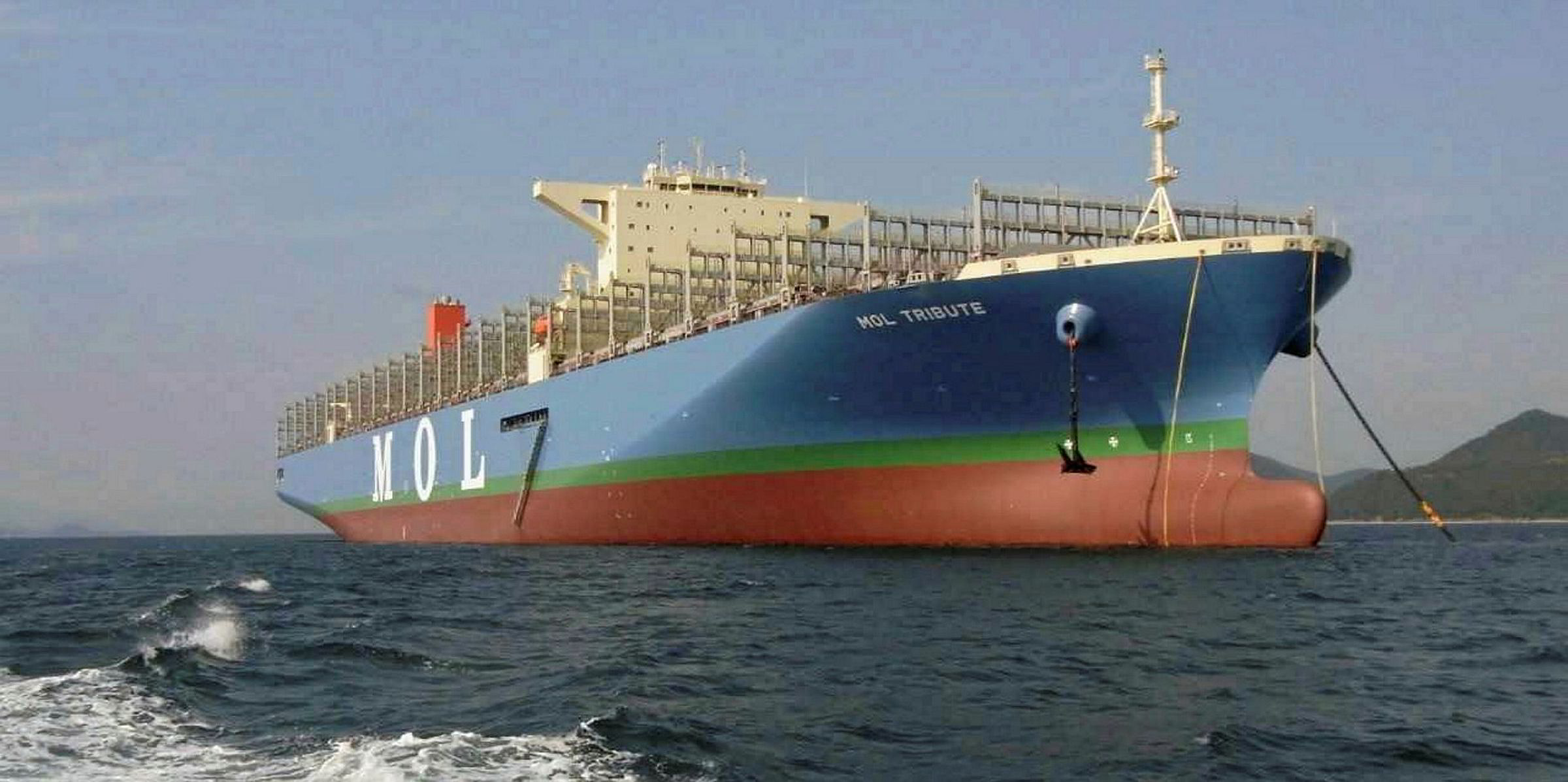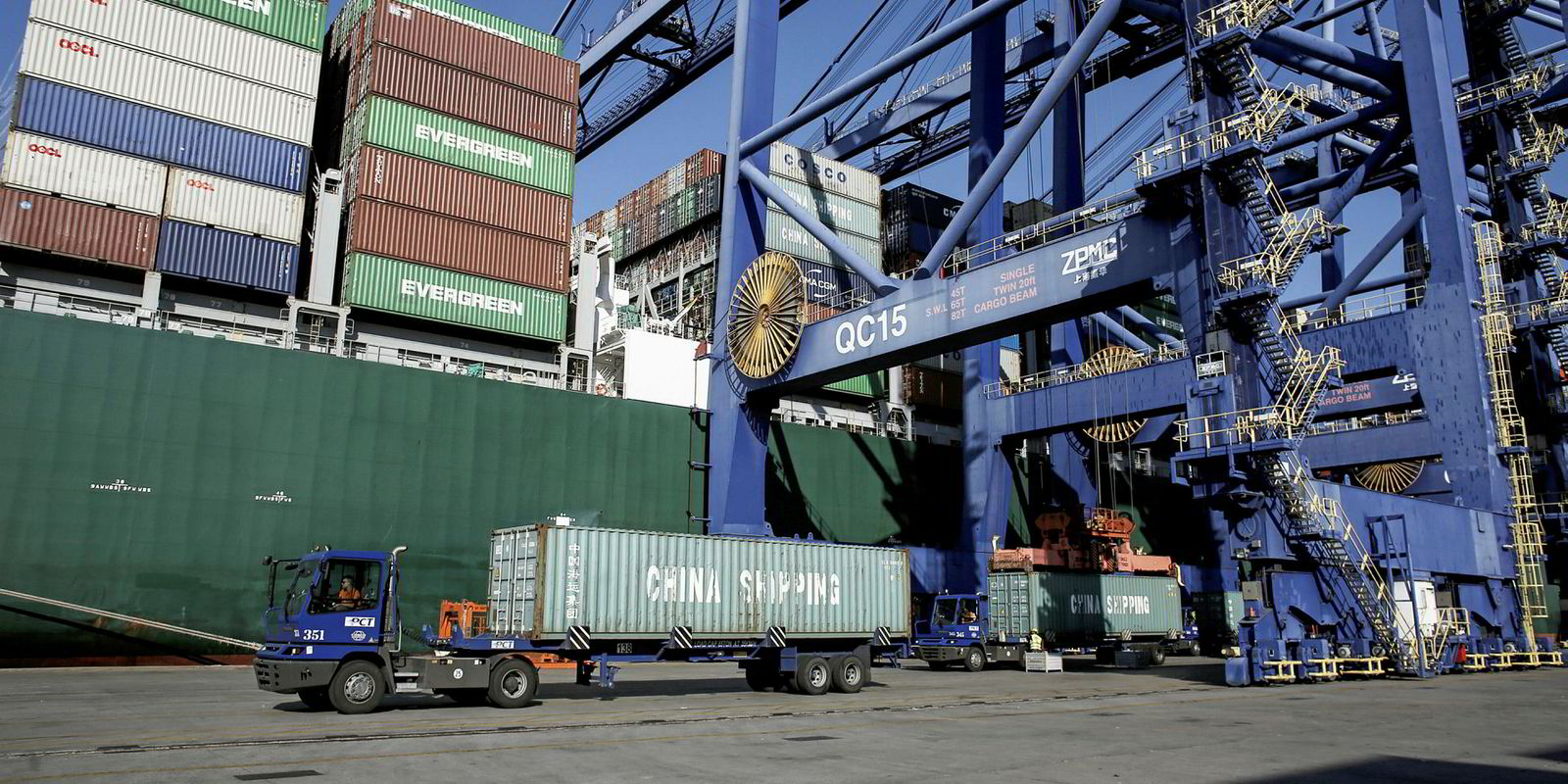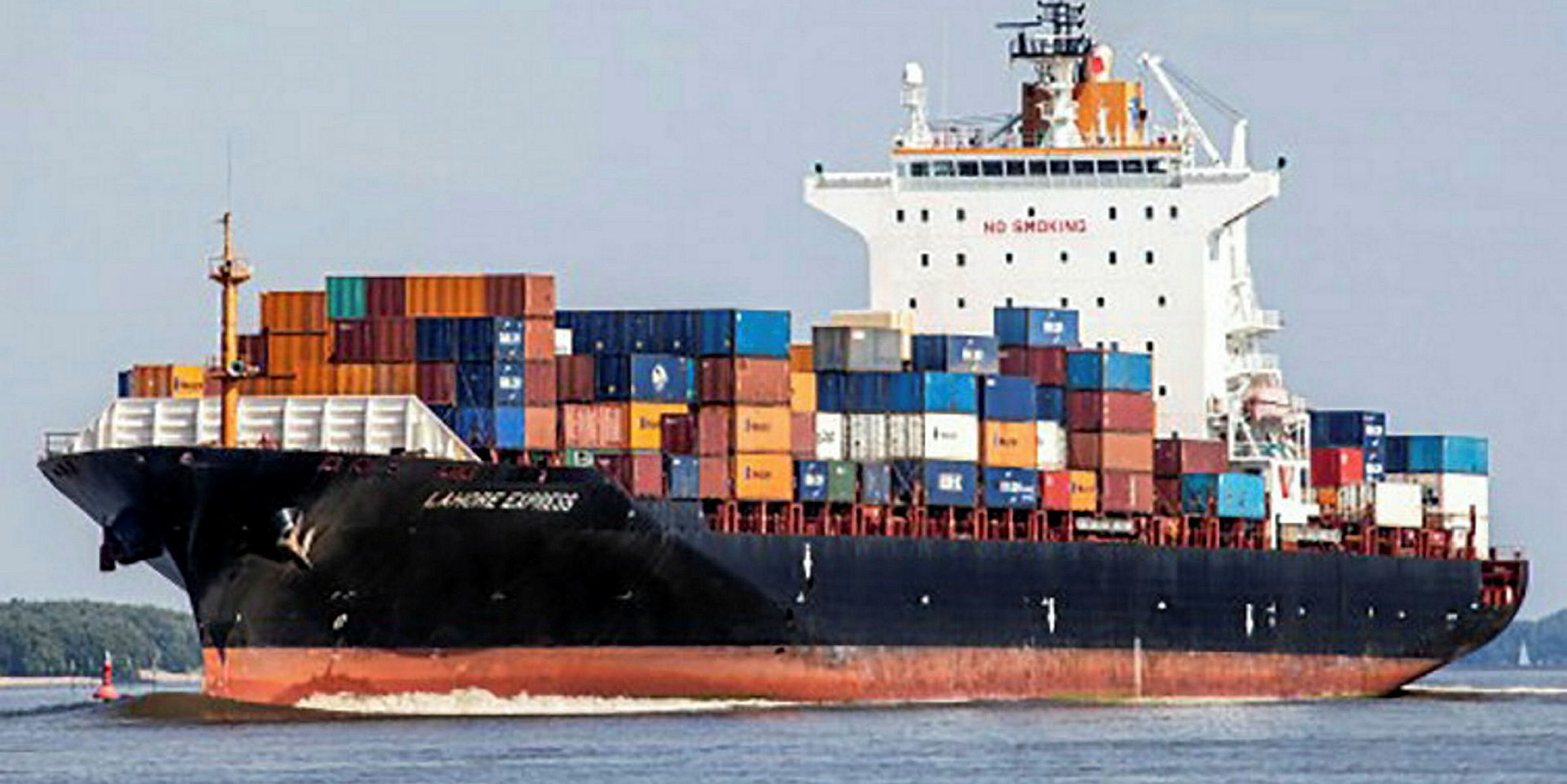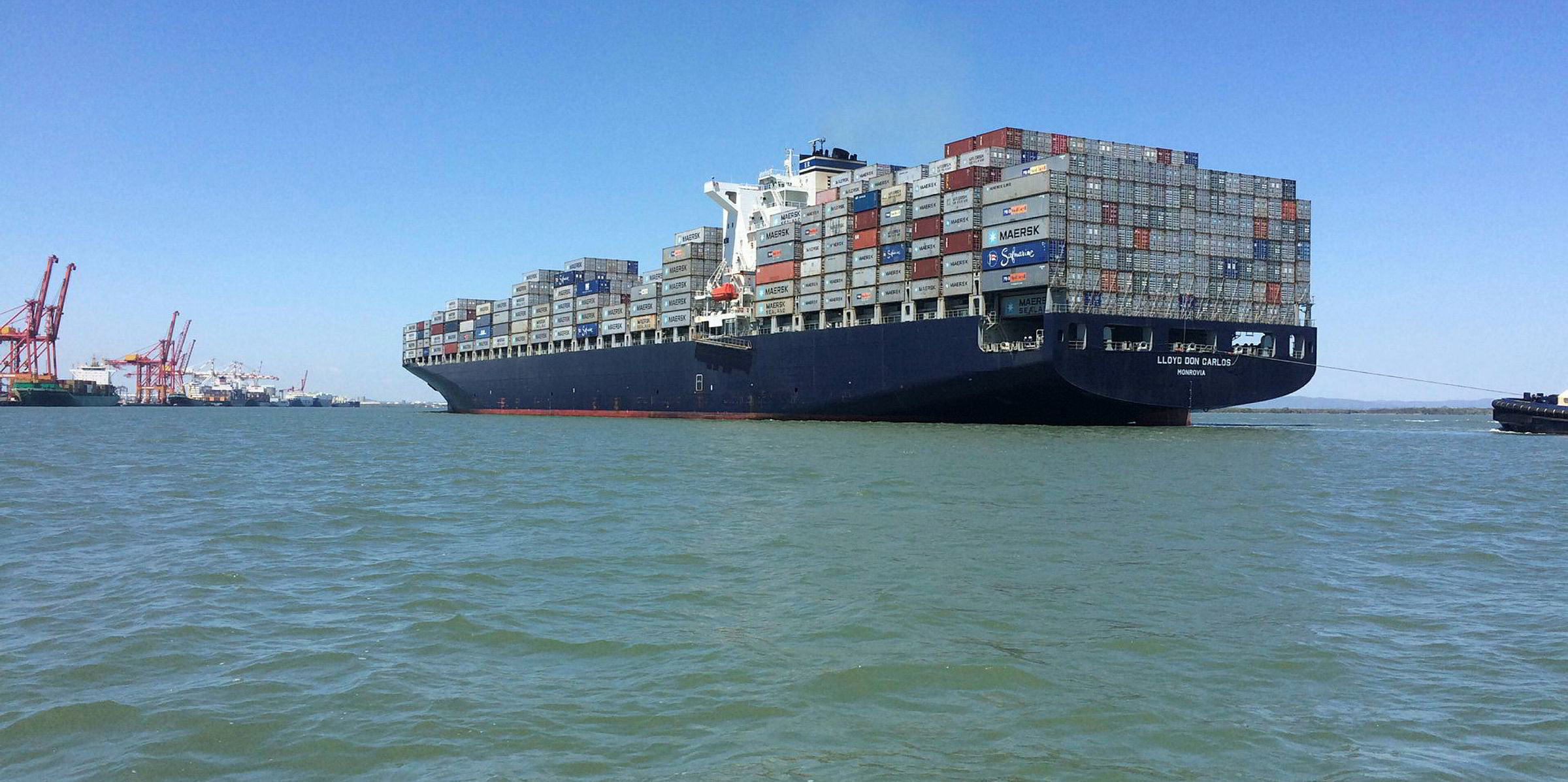Carriers have traditionally relied on the charter market for smaller and medium-size boxships.
But that is changing as they secure smaller ships in their own names or through long-term charter contracts, according to BRS.
The Paris-based shipbroker cites a raft of orders for boxships of between 1,000 teu to 3,500 teu placed by carriers over the past two years.
Others note the trend shows no sign of slowing, with Maersk Line last week confirming plans to take 13 feeder ships of 2,400 teu each in partnership with Chinese lessors.
Spot charters
Carriers have traditionally tended to focus on the larger containership segment for their own tonnage, resorting to the spot charter market for medium-size and smaller vessels.
But BRS says that is likely to change as carriers secure smaller ships and the number of traditional tonnage providers continues to fall.
The shipbroker says this is partly due to carriers needing to customise their ships on shortsea runs, where specific designs are becoming more common.
In a recently released report, the broker also blames uncertainties and costs associated with the IMO 2020 sulphur cap that are expected to accelerate fleet disposals in the second half of 2019.
But BRS argues the main driver of change in the charter market remains forced cascading, as larger boxships come into operation.
Larger vessels of 13,800 teu up to 21,400 teu were hitting the water at the rate of one per week in 2018, and another 49 are planned for delivery in 2019.
As a rule of thumb, each vessel delivered of this size displaces on average two of 8,500 teu.
This in turn displaces four classic panamax boxships or their capacity equivalent in other medium-size ships in the 3,000-teu to 7,000-teu range.
The shipbroker expects medium-size vessels will remain under pressure from cascading, although its impact is likely to be unequally felt between various containership segments.
Cascade effect
Cascading larger boxships will squeeze conventionally designed ships of between 8,000 teu and 9,500 teu.
But larger ships will remain in demand as carriers seek to maximise the size of ships on secondary trades in order to reduce the impact of fuel costs, says BRS.
The larger vessels are likely to be used to replace medium-size containerships.
The ships most at risk of unemployment are maxi-panamaxes of 4,800 teu to 5,300 teu.
These are “at a clear disadvantage from a stability viewpoint” to the shorter "classic" panamaxes of 4,000 teu to 4,500 teu, it says.
There are signs that the pressure on the sector is already being felt in the charter market with almost 40 classic panamax-size boxships idle, according to Alphaliner.
The consultancy expects smaller vessels of between 3,000 teu and 3,900 teu will remain attractive for loops that have physical constraints or low volumes.
The 2,000-teu to 3000-teu size range will remain in demand for feeder services and regional needs.
Bengal routes
But it is here that “the charter market units are being increasingly replaced by carrier-controlled newbuildings on some intra-Asia trades”, it says.
Some modern designs remain in demand, including the 2,700-teu Chittagongmax for Chittagong-related services. These are beginning to displace vessels up to 1,800 teu in the Bengal Bay feeder routes.
But the market for smaller ships of 1,000 teu to 1,500 teu is increasingly challenged.
Ships in this segment have been displaced on the Baltic trades by larger vessels up to 3,600 teu with ice-class 1A notation.
